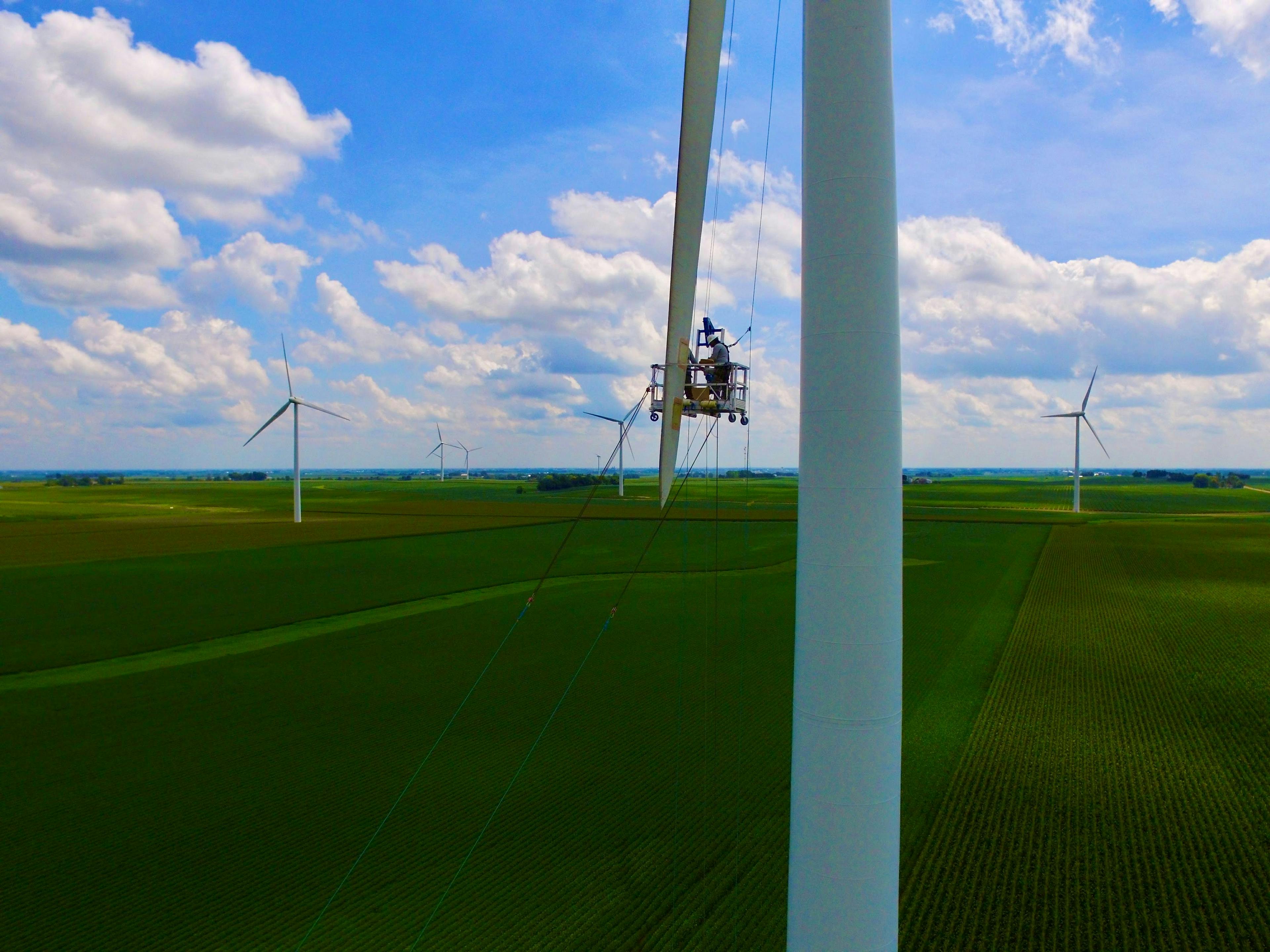
Careers in Wind Energy: Blade Repair Technicians
Blade repair technicians play an extremely crucial role in the wind industry. They are responsible for maintaining the efficiency and longevity of wind turbine blades and can work in various settings, including onshore, offshore, and blade factories. As wind energy becomes more prominent in the energy industry, the need for wind turbine blade maintenance is expected to increase.
Blade Technician Responsibilities
Blade Repair Technicians are specialized professionals entrusted with the responsibility of inspecting, identifying, and repairing any defects or damage on a wind turbine blade. This can include conducting visual inspections of the blades, using specialized tools, and performing necessary repair work and replacements. Their job can consist of repairing cracks, replacing the blades, and performing preventative maintenance like cleaning and applying protective sealants.
Because the role is so physically demanding, blade repair technicians should be technically skilled and in good physical condition in order to remain safe while working at extreme heights. In addition to these characteristics, blade repair technicians should be skilled communicators and detail-oriented individuals.
Becoming a Technician: Requirements for Success
Because of their crucial role in ensuring the efficiency of wind turbines, blade repair technicians must meet multiple requirements to ensure the safety and success of themselves and their team members.
Firstly, aspiring technicians should complete an Intro to Blade Repair Course or the GWO blade repair training program. Many job sites in the industry require technicians to be certified in these safety and technical courses before beginning work on a turbine. Siemens Gamesa now requires all blade technicians on their sites to either obtain their GWO Blade Repair certification or the Siemens Blade B certification. These specialized course materials ensures potential technicians have the foundational knowledge and skills to perform successful repairs and replacements.
Another skill that aspiring technicians should be well-versed in is blade repair techniques. There are numerous types of blade repair protocols, such as lighting strike repairs, trailing edge repairs, and other erosion repair techniques. A good technician should be able to identify damage and determine the most appropriate course of action for repairing the blade.
Additionally, they should be trained to understand the nuances of composite materials, such as fiberglass. A detailed understanding of these types of materials helps the repair technician properly assess the damage and can aid them in choosing the proper procedure to fix the blade safely.
Industry Outlook
Renewable energy, specifically in the wind energy industry, is steadily growing and developing, paving the way for individuals seeking career opportunities as blade repair technicians. The number of wind farms being established globally is increasing, leading to higher demand for skilled individuals in the maintenance and repair of wind turbine blades.
Blade repair is a good option for those looking for a career with high growth potential. After gaining a few years of real-world experience, technicians can set themselves up to advance into higher-level positions, such as supervisors and team leads. Experienced technicians can even work their way into specialized blade repairs for severe damage and offshore projects.
Overall, becoming a blade repair technician is a career that requires a specialized skillset to ensure proper safety and efficiency. It also allows room for growth and career advancement as more countries transition toward more advanced and sustainable energy sources.
Choosing TSL for blade repair technician training
As a GWO Training Company of the Year, Tech Safety Lines provides only the most in-depth and advanced wind energy technician training. Once trained in the GWO blade repair course or TSL Intro to Blade Repair course, trainees will have the skills to inspect, record, and repair wind turbine blades, following guidelines to preserve their aerodynamic design and structural stability in the composite sections. For more information about TSL’s course offerings, visit our Courses page.
